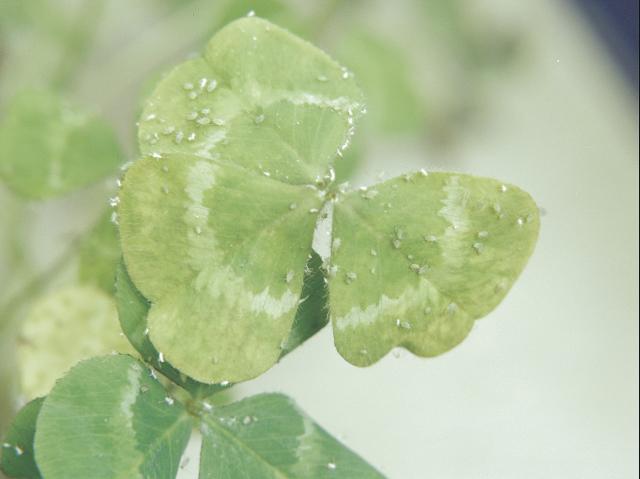Manage aphids to manage sub clover red leaf syndrome

Producers are being advised to check their pastures this winter and spring for aphids that might infect sub clover plants with a virus that causes the red leaf syndrome.
Management options include the use of insecticides and sowing alternative pasture species.
There has been considerable concern among livestock producers regarding recent outbreaks of subterranean clover red leaf syndrome. Symptoms include red leaves, stunted plants and even premature plant death.
The Department of Primary Industries and Regional Development (DPIRD) investigated the outbreak in 2017 finding that of the subterranean clover plants tested, 80% with obvious red leaves were infected with Soybean dwarf virus (SbDV) compared to just 2% without obvious symptoms.
SbDV is spread by aphids persistently (once acquired the aphid has it for life) and repeat infection can occur.
Its incidence in a subterranean clover pasture will vary from season to season depending on the abundance and distribution of alternative plant hosts and aphid vector species.
The symptoms can occur as isolated patches in paddocks, to whole paddocks being affected. However, the presence of red-leaves does not necessarily indicate viruses are present.
SbDV is not seed-borne and therefore is not present in the seed bank or in commercial seed stocks.
For more detailed information visit the subterranean clover red leaf syndrome on the department’s website.
For more information contact Paul Sanford, DPIRD Senior Research Officer, Albany on +61(0)8 9892 8475 or Kevin Foster, UWA Pasture Researcher, Nedlands on +61 (0)8 6488 2220.
